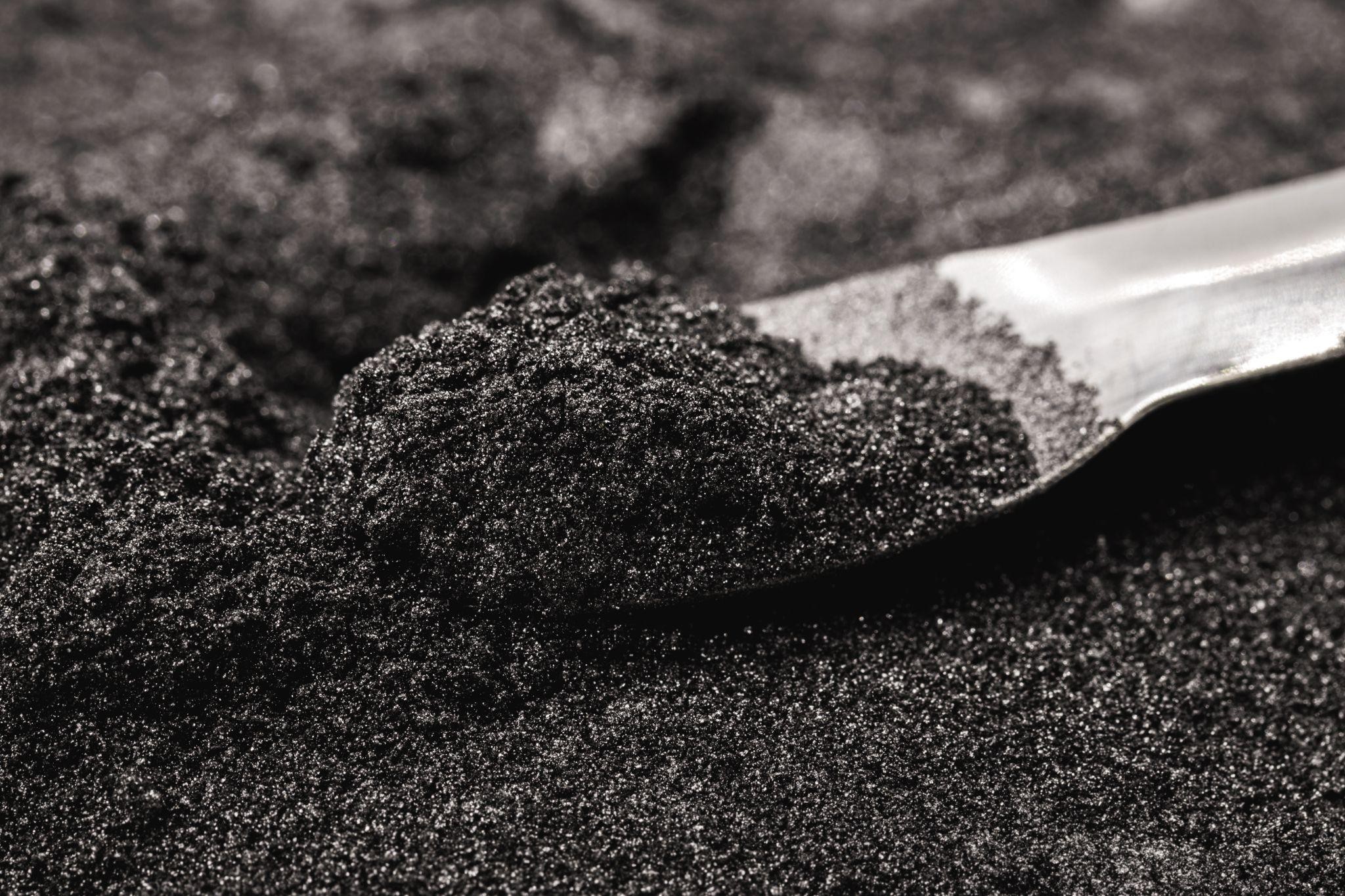What Are Dry Lubricants And Their Uses?

When two surfaces move in relative motion, it leads to friction and wear. Friction is caused due to resistance to motion. Wear is the loss of materials from the moving surfaces due to contact. Lubricants are used to reduce friction and wear between surfaces moving in relative motion. There are different types of lubricants – solid/dry, semi-solid, liquid and gaseous.
Dry lubricants are solid materials which are used to reduce friction and wear. A dry lubricant can form a thin lubricating film between two moving surfaces and avoid direct contact. Dry lubricants are the primary means of controlling friction and wear in severe operating conditions.
Some of the dry lubricants are Tungsten Disulfide (WS2), Hexagonal Boron Nitride (hBN), Graphite (C) and Molybdenum Disulfide (MoS2). Dry lubricant powders can form a thin film between the moving surfaces to reduce friction and wear. They can be used in high-temperature, high-pressure, high-load and high-vacuum applications.
Most dry lubricants have a layered lattice structure, which gives them lubricating properties. The atoms within the layers have strong covalent bonds, while the layers are held together by weak Van der Waals forces. The layers easily slide past each other when a shear force is applied.
When a dry lubricant is placed between two moving surfaces, the layers align themselves parallel to the direction of motion and can adhere to the moving surfaces. The layers with strong atomic bonds can withstand the load and protect the surfaces from severe wear.
Dry lubricants exhibit properties such as low shear strength when applied to a moving surface, high compression strength under normal to high loads, and strong adhesion to rubbing surfaces.
Lubrication process
The lubrication property of dry lubricants is due to their lamellar structure. This structure offers mechanical properties such as easy gliding of layers due to shear forces, but a strong atomic bonding within the layers. When such a material is added between two moving surfaces, the layers align along the direction of motion, sliding against each other, forming a lubricating film. The low shear strength of the layers leads to a low coefficient of friction at the interface. The strong individual layers ensure good load-carrying capacity.
Dry lubricants can be used in different forms: as a coating applied on the moving surface, as powder dispersed throughout a matrix, as a part of a composite material, as additives in oil and greases or rubbered onto the moving surface in powder form.
Dry lubricants can form a protective film that prevents direct contact between the moving surfaces and reduces friction and wear. A good lubricating film has a strong adhesion to the moving surface. The lubricating film should also be chemically stable and prevent corrosion.
Uses of dry lubricants
- Liquid lubricants cannot be used in high vacuum conditions as they can vaporise. In such cases, dry lubricants are used. Dry lubricant can be dispersed in an inorganic binder and applied as a coating to form a thin solid film on the moving surfaces. The success of a lubricating coating depends on the understanding of its tribological properties and which formulation is best for a particular application.
- Dry lubricants are highly stable in high temperature, cryogenic temperature, and high-pressure environments. At high temperatures, the liquid lubricants can decompose or oxidise, whereas the dry lubricants can work effectively. At cryogenic temperatures, the liquid lubricants can become highly viscous and ineffective, whereas dry lubricants can provide effective lubrication. Dry lubricants are used in high-pressure conditions, as they do not break down under high contact pressure.
- Highly thermal conductive dry lubricants, such as diamond films, provide high heat dissipation.
- In high radiation environments, dry lubricants show a high resistance to deterioration. In high-dust environments, they show high abrasion resistance. In reactive environments, they show high resistance to deterioration.
- Dry lubricants are more effective than liquid lubricants in high-load, high-speed and intermittent loading conditions.
- Liquid lubricants require complex lubrication systems or seals, unlike dry lubricants. Dry lubricants require simpler and lighter equipment. They offer advantages in locations where servicing is difficult. They can be used in conditions where the containment of a liquid lubricant is a problem.
- Dry lubricants can form a transparent or translucent coating as desired.
Dry lubricants are used in dispersion, in oils or greases, as coatings or in powder form. Dry lubricants are preferred where the use of liquid lubricants does not meet the requirements of the application. Dry lubricants are less expensive than oils and greases for many applications. They can simplify lubrication, reduce weight, and work in severe operating conditions.






